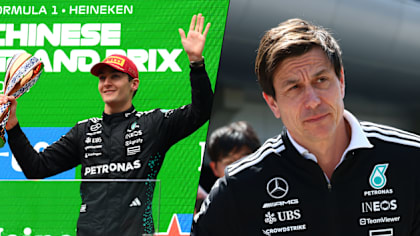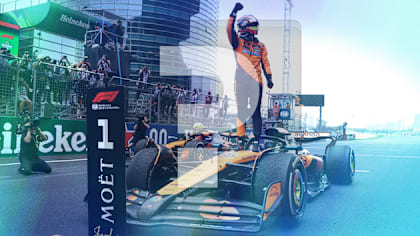)
Feature
STRATEGY GUIDE: What are the possible race strategies for the 2022 Spanish Grand Prix?

Share
)
High temperatures and upgraded cars have combined to make tyre life a bit of a headache in Spain, so let’s take a look at the different strategic options available to the teams at the Circuit de Barcelona-Catalunya this weekend…
What’s the quickest strategy?
A two-stopper, or even a three… The latter would be really fun to see a team attempt but with Barcelona a particularly difficult circuit to overtake on – even with the new generation of car that allows drivers to follow each other more closely – the lower number will always be preferred when the time difference is so close.
The majority of drivers are expected to start on the medium compound tyre, giving them a good window for the second stop. Then it depends on tyre availability.
For the top seven drivers, there are two sets of mediums available so they can opt for a first stint of 20-25 laps before pitting for another set of mediums, then switching to softs between Laps 45 and 50.
Both drivers at Haas, McLaren, AlphaTauri and Aston Martin all only have one set of mediums, so they are more likely to do the final two stints on soft tyres – trying to get closer to Lap 28 before making their first stop.
However, for some teams the soft is deemed to be too fragile and the hard tyre a viable race tyre, meaning there is the potential to use the hards in the middle stint instead, making the initial stop between Lap 20-26 and then running for closer to 30 laps on the hards before a late sprint on softs.
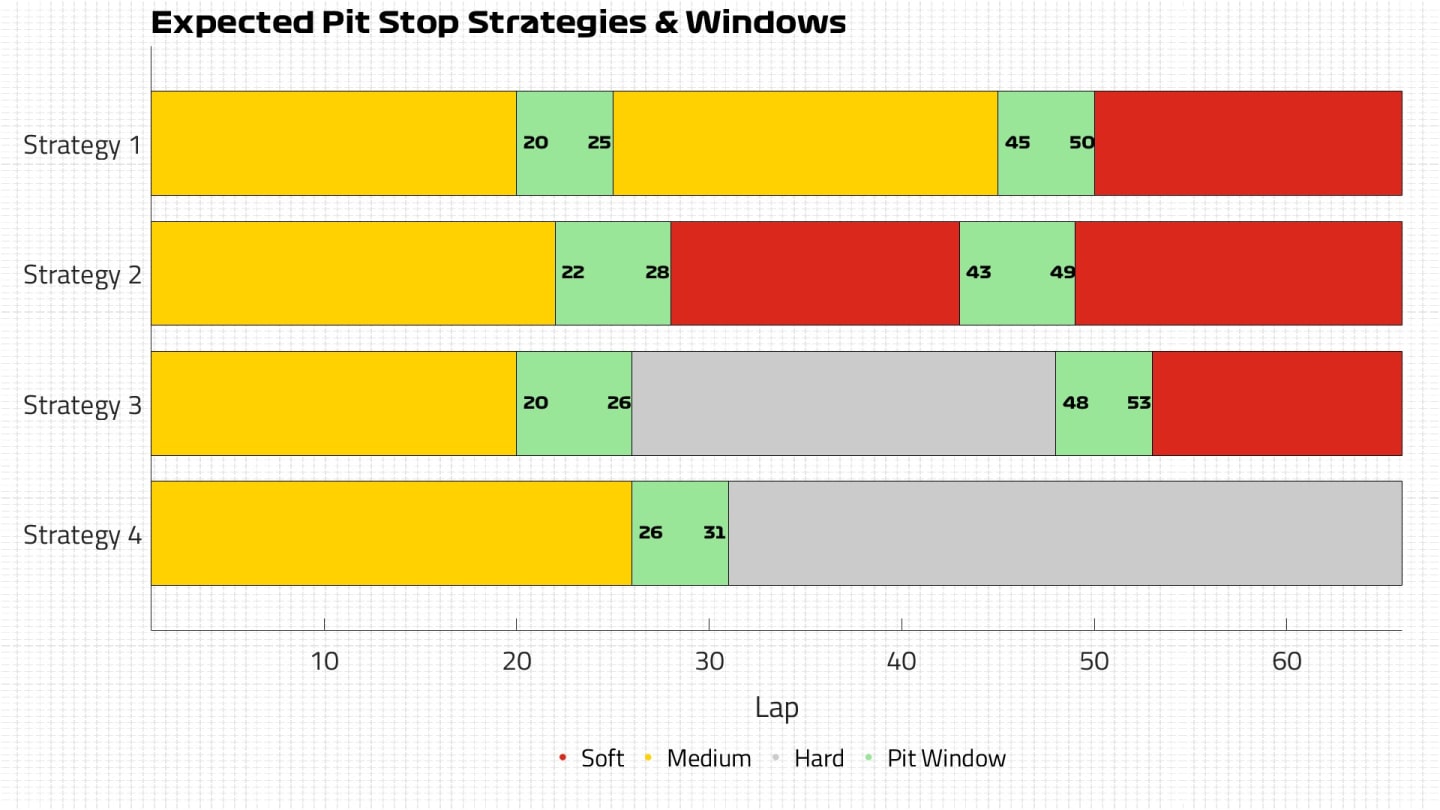
How about a different option for the top 10?
It might not just be the top 10, but actually the pole-sitter who will potentially go against those strategies. Charles Leclerc made the point during the post-race qualifying press conference that the reason he only did one run in Q2 was because he wanted to save a new set of soft tyres for the race, and quite possible for the very start.
Starting on the softs would allow Leclerc the best chance to keep the lead off the line, with the extra grip provided aiding his launch. He could then dictate the pace to manage his tyres – especially with Ferrari’s strong straight-line speed after the updates that were introduced – and look to reach as close to Lap 15 as possible before switching to mediums.
From there, Leclerc would be looking at a second stint of around 25 laps to take him within range of the finish on mediums, or if he wants a final stint on softs then his middle stint will need to be closer to 30 laps.
Other drivers might try something different, too, but Leclerc is the only one of the top 10 with a brand new set of softs available to him.
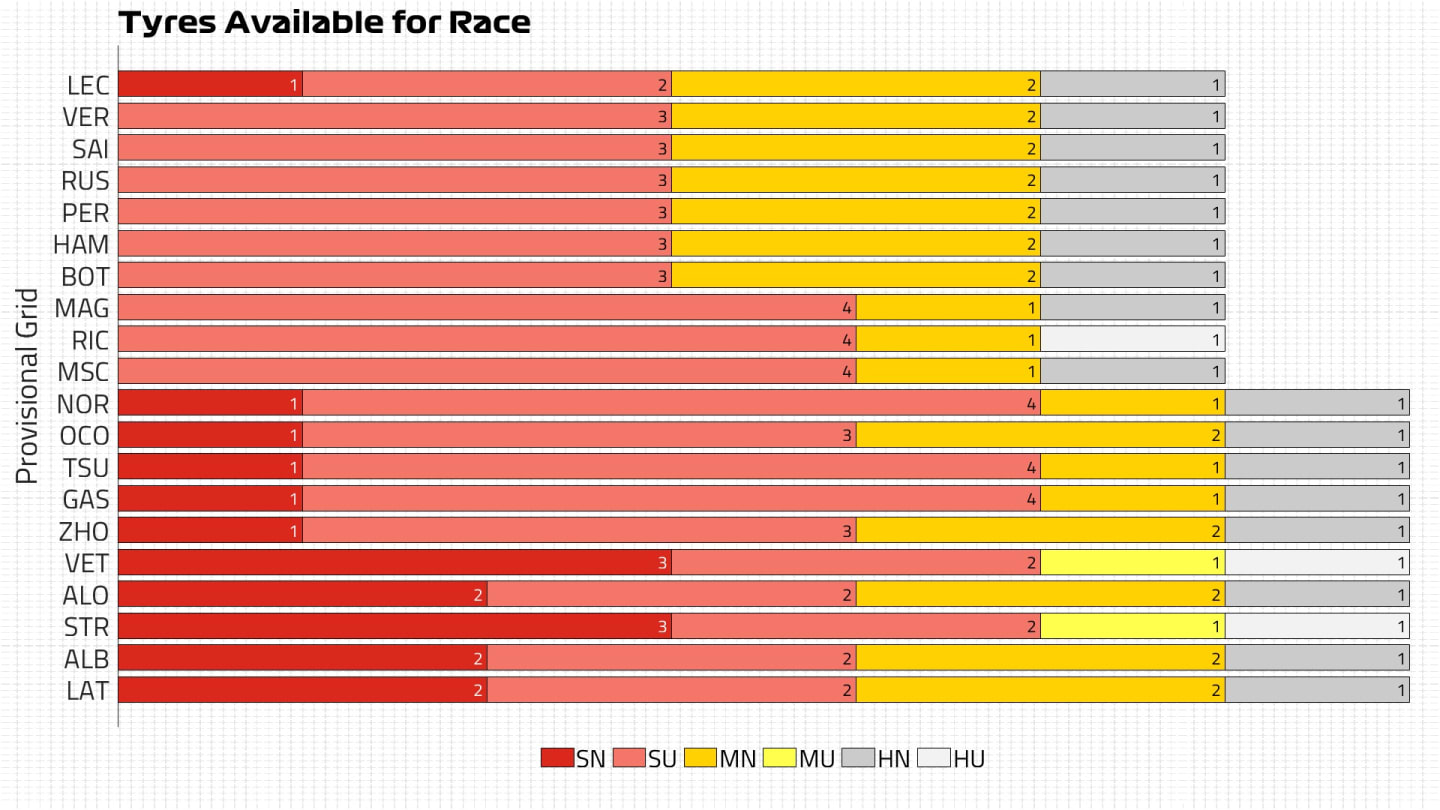
What are the options for the bottom half of the field?
After Leclerc, everyone else outside the top 10 has new soft tyres on offer if they want to follow the same approach, but it’s unlikely given how quickly the softs will degrade and the fact that they won’t be able to use their performance advantage stuck in traffic, even if there could be a position or two gained off the line.
The hard tyre is a viable starting option for someone further down the field, however, looking to run long in the opening stint. This only works for the teams that are finding the softs too fragile and are able to extract the pace from the hard, as some deem it too slow over one lap. The data from practice shows the hard tyre to be some 1.3 seconds per lap slower than the softs, and 0.8s slower than the mediums, but it does have lower levels of degradation.
A first stint on hards would need to be in the region of 30 laps, before switching to mediums for the middle stint and then finally the softs. The longer the first stint, the more opportunity for a team to take advantage of a Safety Car interruption, but this will provide data to others regarding how quick the hard is during the race.
A one-stop strategy is theoretically possible by starting on the hards and trying to get beyond 35 laps before switching to mediums, or getting to Lap 30 on the medium tyre, but both require such a high degree of tyre management that it is expected to lead to a much slower race time than any of the two-stop strategies.
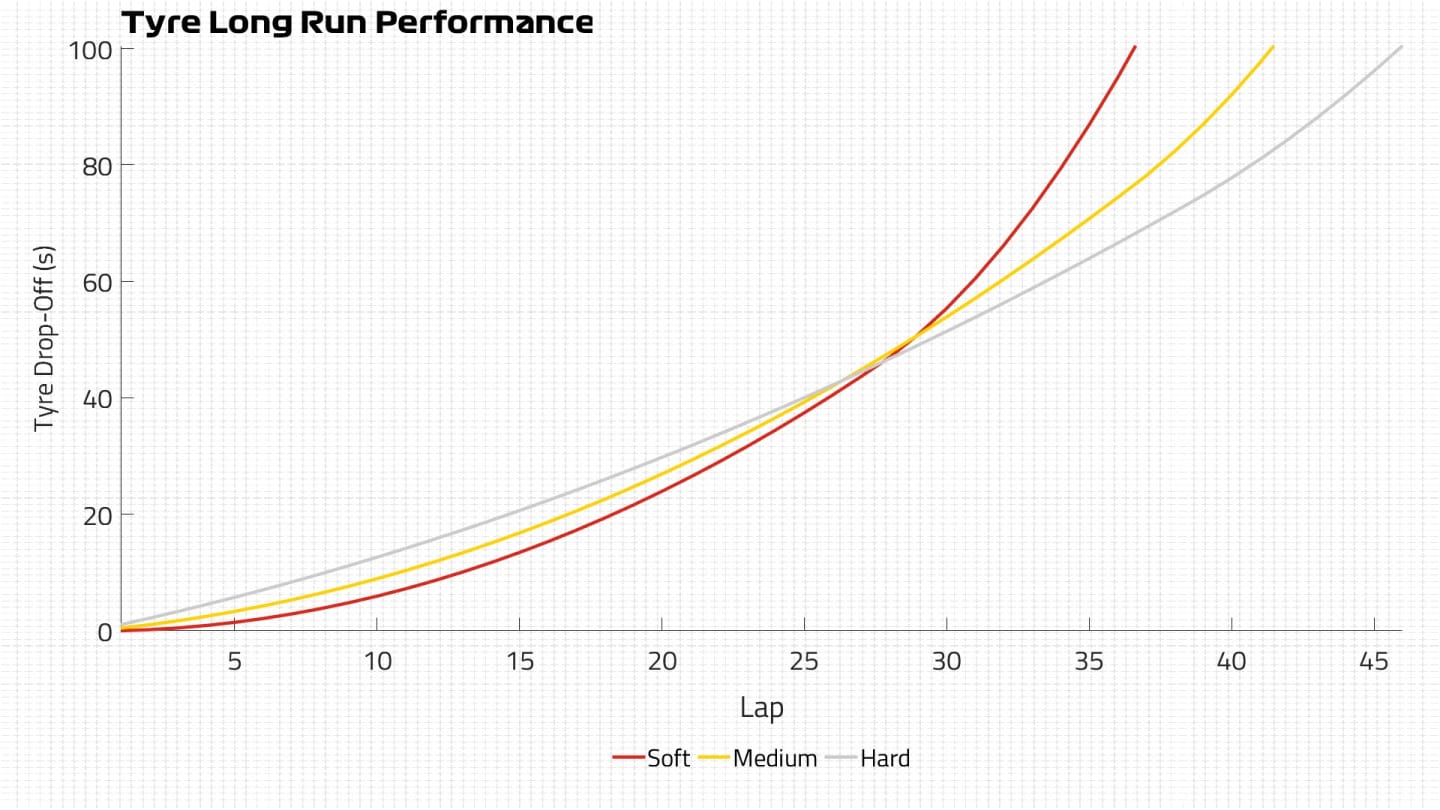
Wait, but what’s the weather doing?
One of the reasons the teams are going to struggle to attempt a one-stop race – despite their usual preference to make as few stops as possible and secure track position, particularly at the Circuit de Barcelona-Catalunya – is the weather.
Spain is experiencing a heatwave this weekend, and while the hottest temperatures are seen in the south of the country it has still pushed figures up into the 30s in terms of Celsius at the track. The race is forecast to take place in temperatures of around 35C, taking track temperatures extremely high with it and making it tough for the drivers to manage the surface temperatures of the tyres.
HIGHLIGHTS: Watch the action from qualifying in Spain as Leclerc seals fourth pole of the season
The layout of the circuit makes it tough to find an all-round balance that works, instead teams have to choose whether to try and look after the front left tyre that takes so much stress through the long, high-speed Turn 3 and Turn 9, or protect the rear tyres to ensure good traction through the final sector.
So, in such hot temperatures we could see different teams struggling with different parts of the lap, and it remains to be seen if one approach has an advantage over the other.
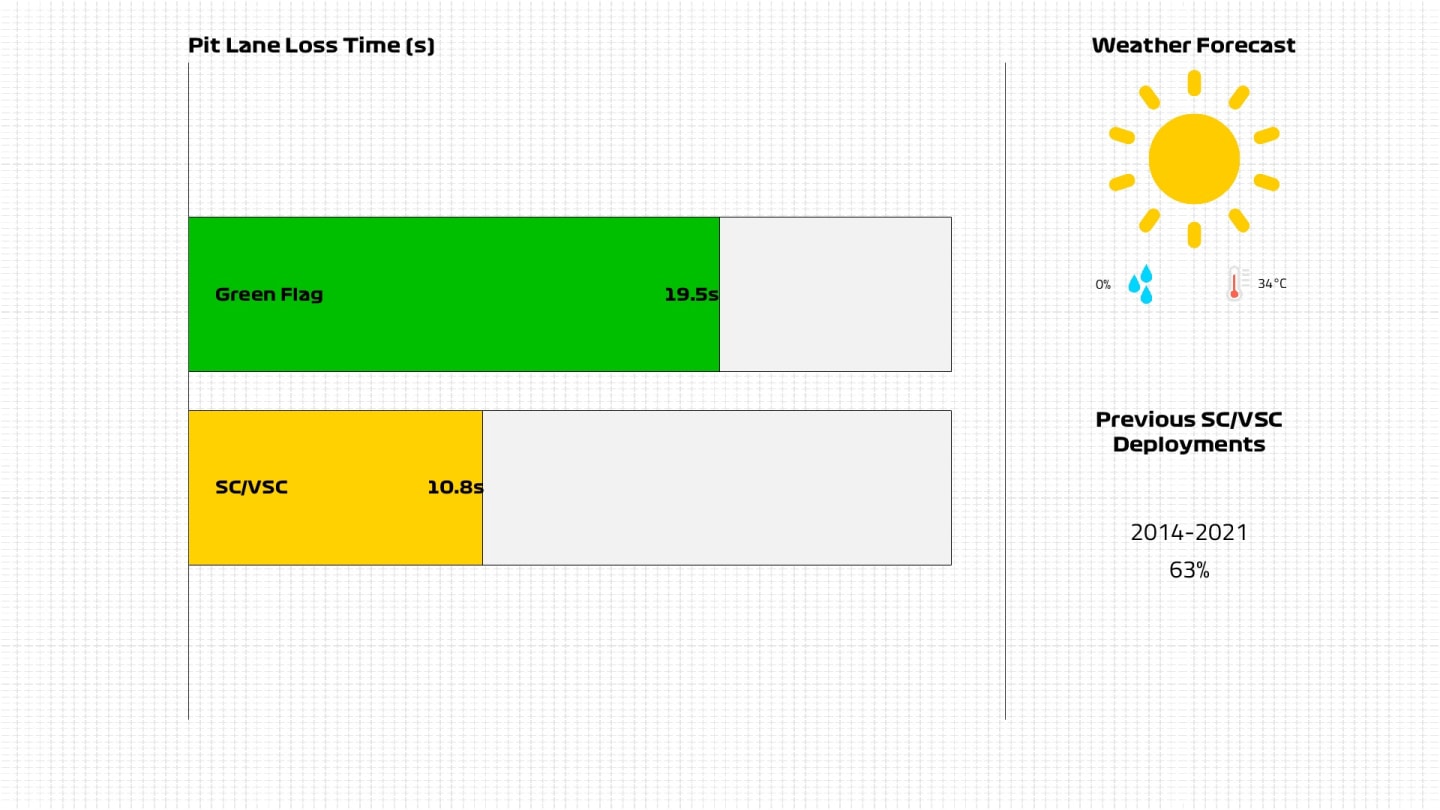
YOU MIGHT ALSO LIKE
News Wolff hails Russell as one of 'absolute top three' drivers in F1 after '10 out of 10' performance in China

Video WATCH: Lawson out, Tsunoda in – Laura Winter and Lawrence Barretto discuss Red Bull’s driver call
FeatureF1 Unlocked THIS WEEK IN F1: 10 quiz questions on the Chinese Grand Prix and the latest F1 news
Podcast BEYOND THE GRID: Pierre Gasly on trusting the Alpine process, his ambitious victory target and life outside F1

